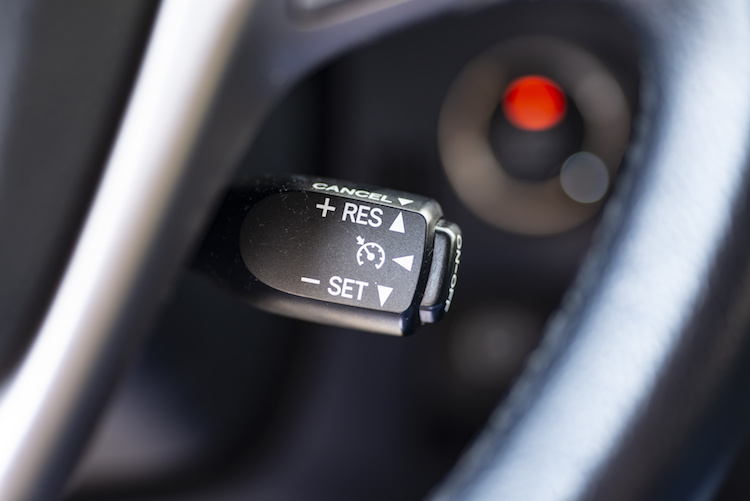

It’s hard to believe that in the 21st century, we actually have self-driving cars! About eighty years ago, that was most likely the same sentiment people had when cruise control was invented. That’s right, cruise control has been in existence for about eighty years providing convenience and ease to drivers on the open road. While the system is fairly maintenance free, there are some things that can happen that make cruise control repair necessary.
While not at the level of sophistication as self-driving cars, cruise control is an important component of today’s vehicles that has adapted over time to address our driving needs.
The ABCs of Cruise Control
To make a vehicle move forward, the driver needs to depress or remove their foot from the accelerator. By pressing on the gas pedal with our foot, this provides fuel to the engine to make it move.
Today’s cruise control systems are designed to do something similar. When the system is engaged and set to a specific speed, it works by opening and closing the throttle to control the amount of air in the engine, thus making the engine move. The opening and closing function is handled by a cable that is powered by an actuator. Think of an actuator as a kind of small motor that produces an action. Drivers also have the ability to increase or decrease the driving speed through the control panel (usually located on the steering column). When a driver presses the break, the cruise control operation is disengaged. This explains cruise control in most simplistic terms.
Newer vehicles have additional cruise control features called adaptive cruise control. Powered by laser and radar technology, adaptive cruise control functions to maintain a safe driving distance between the vehicle in front. This feature is especially helpful in driving conditions where there may be heavier traffic or more likelihood for immediate braking.
Typical Problems Requiring Cruise Control Repair
Unlike the more common parts of an engine such as belts, hoses, and fluids that receive regular maintenance, your vehicle’s cruise control is not a simple maintenance item. Because maintenance is limited, problems can arise at times. Most of the time, drivers notice a problem with their cruise control when it stops functioning altogether.
Some of the more typical cruise control repair problems may include:
Leaks or a damaged vacuum actuator or throttle actuator, depending on the type of cruise control system in the vehicle.
A short or overload in the circuit that controls the cruise may blow a fuse.
A faulty brake pedal switch that may be connected to the cruise control, affecting the operation of the cruise control.
A faulty Vehicle Speed Sensor (VSS) where the vehicle speed is not measured correctly and impacts the cruise control system.
There are other miscellaneous wires and switches that may be faulty or damaged that can cause cruise control problems.
The next time you go to engage your cruise control and it is not working properly, this may be a sign that you need to have it serviced. While some cruise control repair problems may be isolated, there could be larger issues with your vehicle’s engine that you do not want to ignore.
